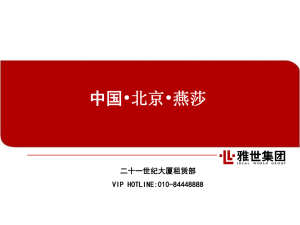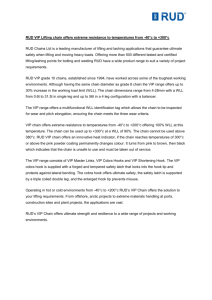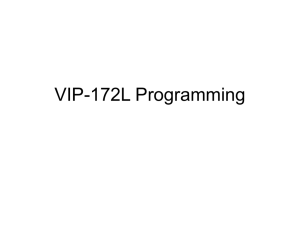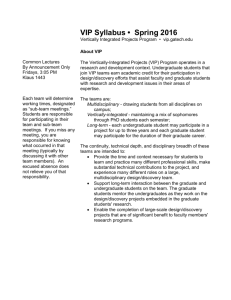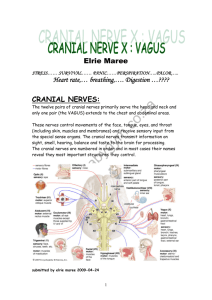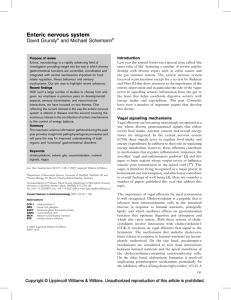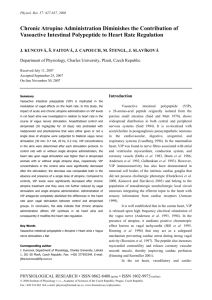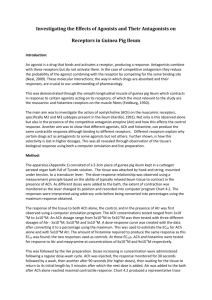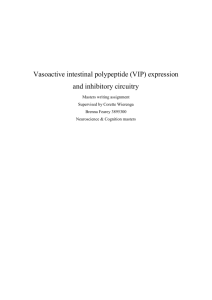Vagus nerve released acetylcholine can inhibit intestinal
advertisement
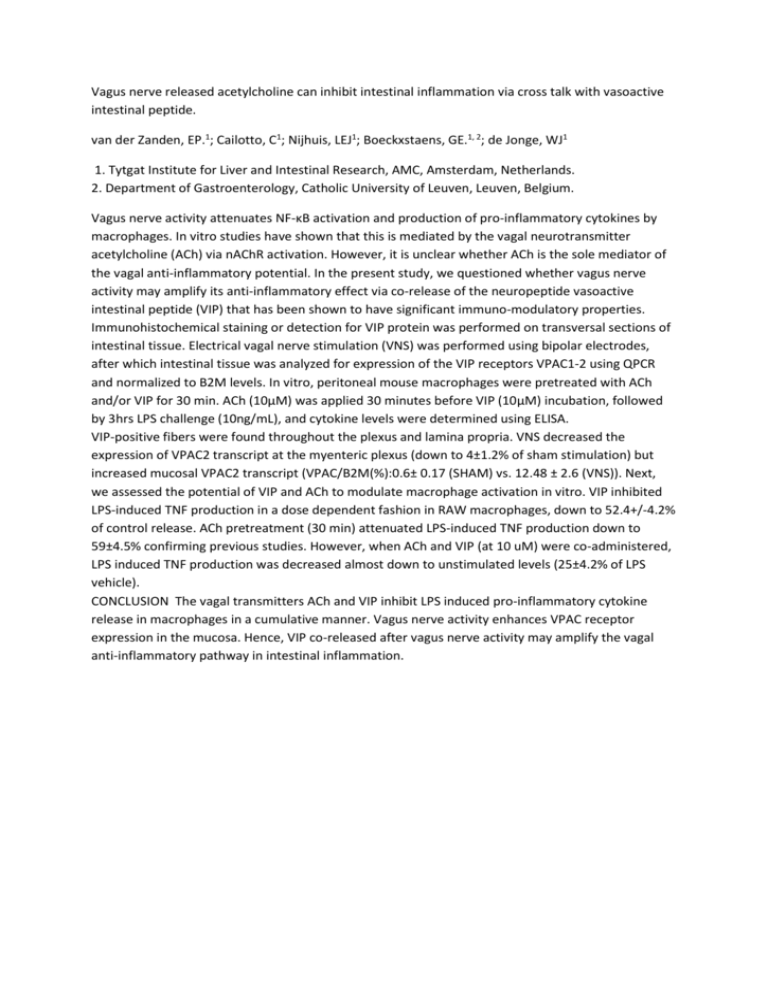
Vagus nerve released acetylcholine can inhibit intestinal inflammation via cross talk with vasoactive intestinal peptide. van der Zanden, EP.1; Cailotto, C1; Nijhuis, LEJ1; Boeckxstaens, GE.1, 2; de Jonge, WJ1 1. Tytgat Institute for Liver and Intestinal Research, AMC, Amsterdam, Netherlands. 2. Department of Gastroenterology, Catholic University of Leuven, Leuven, Belgium. Vagus nerve activity attenuates NF-κB activation and production of pro-inflammatory cytokines by macrophages. In vitro studies have shown that this is mediated by the vagal neurotransmitter acetylcholine (ACh) via nAChR activation. However, it is unclear whether ACh is the sole mediator of the vagal anti-inflammatory potential. In the present study, we questioned whether vagus nerve activity may amplify its anti-inflammatory effect via co-release of the neuropeptide vasoactive intestinal peptide (VIP) that has been shown to have significant immuno-modulatory properties. Immunohistochemical staining or detection for VIP protein was performed on transversal sections of intestinal tissue. Electrical vagal nerve stimulation (VNS) was performed using bipolar electrodes, after which intestinal tissue was analyzed for expression of the VIP receptors VPAC1-2 using QPCR and normalized to B2M levels. In vitro, peritoneal mouse macrophages were pretreated with ACh and/or VIP for 30 min. ACh (10µM) was applied 30 minutes before VIP (10μM) incubation, followed by 3hrs LPS challenge (10ng/mL), and cytokine levels were determined using ELISA. VIP-positive fibers were found throughout the plexus and lamina propria. VNS decreased the expression of VPAC2 transcript at the myenteric plexus (down to 4±1.2% of sham stimulation) but increased mucosal VPAC2 transcript (VPAC/B2M(%):0.6± 0.17 (SHAM) vs. 12.48 ± 2.6 (VNS)). Next, we assessed the potential of VIP and ACh to modulate macrophage activation in vitro. VIP inhibited LPS-induced TNF production in a dose dependent fashion in RAW macrophages, down to 52.4+/-4.2% of control release. ACh pretreatment (30 min) attenuated LPS-induced TNF production down to 59±4.5% confirming previous studies. However, when ACh and VIP (at 10 uM) were co-administered, LPS induced TNF production was decreased almost down to unstimulated levels (25±4.2% of LPS vehicle). CONCLUSION The vagal transmitters ACh and VIP inhibit LPS induced pro-inflammatory cytokine release in macrophages in a cumulative manner. Vagus nerve activity enhances VPAC receptor expression in the mucosa. Hence, VIP co-released after vagus nerve activity may amplify the vagal anti-inflammatory pathway in intestinal inflammation.





